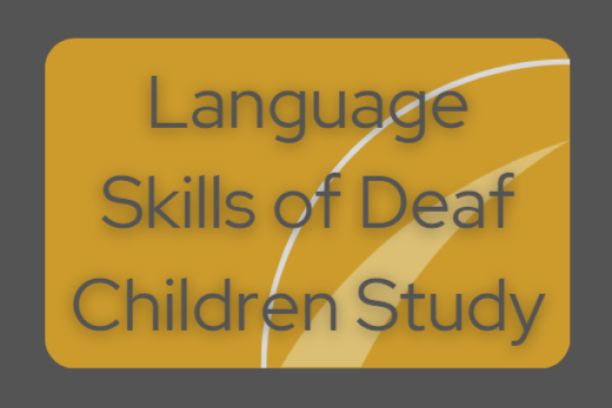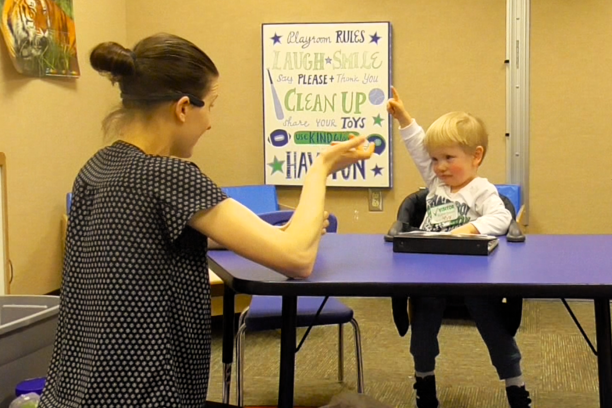-
McDaniel J., Camarata S. Does access to visual input inhibit auditory development for children with cochlear implants? A review of the evidence Perspectives of ASHA Special Interest Groups. 2017 Jan;2(2). 10-24.
Abstract
Purpose
We review the evidence for attenuating visual input during intervention to enhance auditory development and ultimately improve spoken language outcomes in children with cochlear implants.
Background
Isolating the auditory sense is a long-standing tradition in many approaches for teaching children with hearing loss. However, the evidence base for this practice is surprisingly limited and not straightforward. We review four bodies of evidence that inform whether or not visual input inhibits auditory development in children with cochlear implants: (a) audiovisual benefits for speech perception and understanding for individuals with typical hearing, (b) audiovisual integration development in children with typical hearing, (c) sensory deprivation and neural plasticity, and (d) audiovisual processing in individuals with hearing loss.
Conclusions
Although there is a compelling theoretical rationale for reducing visual input to enhance auditory development, there is also a strong theoretical argument supporting simultaneous multisensory auditory and visual input to potentially enhance outcomes in children with hearing loss. Despite widespread and long-standing practice recommendations to limit visual input, there is a paucity of evidence supporting this recommendation and no evidence that simultaneous multisensory input is deleterious to children with cochlear implants. These findings have important implications for optimizing spoken language outcomes in children with cochlear implants.





